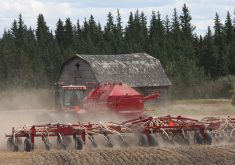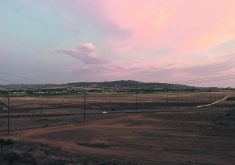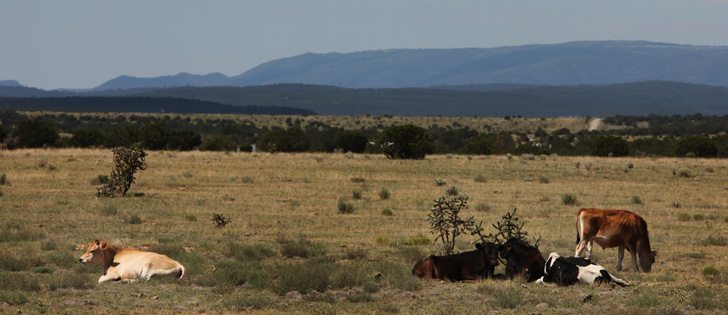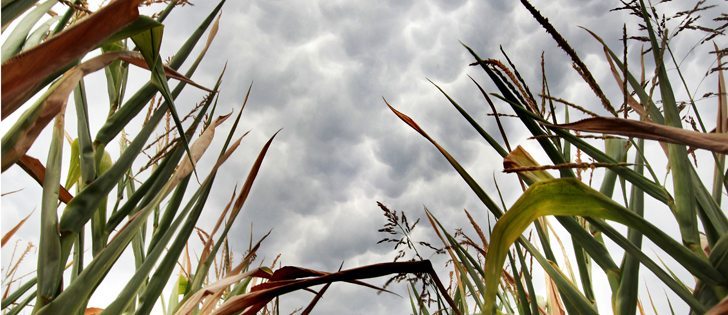Lettuce shortages due to drought in the U.S. Southwest should awaken consumers to the use of indoor vertical farming, according to the chief executive officer of GoodLeaf Farms.
“Somewhere around 90 percent of leafy greens in Canada are imported from Arizona and California,” said Barry Murchie. “Through conversations with large growers in that part of the world, some of them are giving me projections that they are going to lose 25 percent of their acres in the next 10 years.”
Murchie said the situation stems from the lengthy drought, which is challenging water supplies and is combining with labour shortages and other regulatory requirements leading to supply chain problems.
Read Also
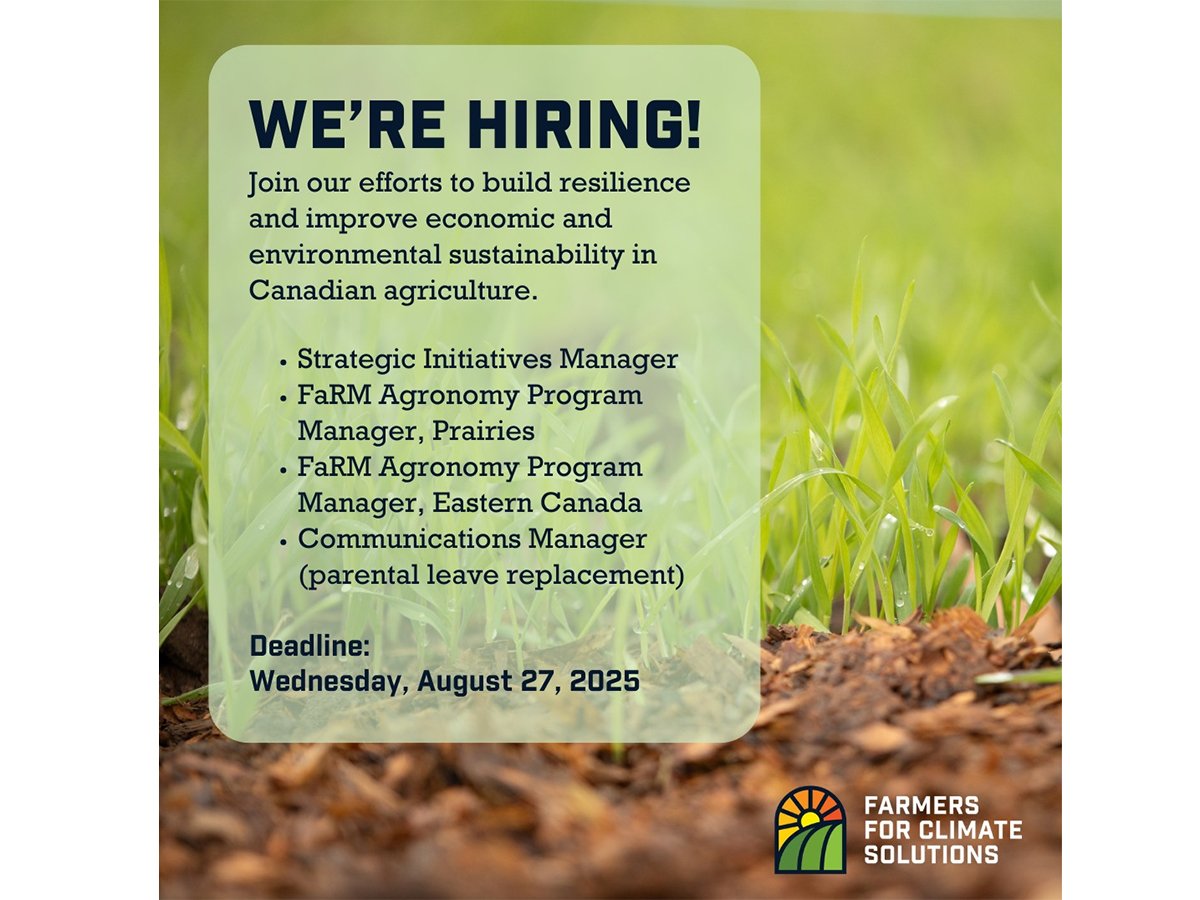
Environmental farm group has Ottawa’s attention
In 2021, Farmers for Climate Solutions published a report on how Canada should reduce emissions from agriculture. Not long after, the federal government implemented most of the recommendations in the report.
He also highlighted that as competition increases for cropland and water resources in traditional growing areas, the nature of leafy greens will likely see the product first to get squeezed out.
“The need for an alternative is inevitable,” said Murchie.
Goodleaf established the country’s first and largest vertical farm in Guelph, Ont., which will be surpassed in size by the company’s Calgary 74,000 sq. foot operation expected to become operational next year.
The company is expected to be able to grow one million pounds of leafy greens at its Calgary facility, and GoodLeaf is “showing that it can be done on an industrial scale with no pesticides, no herbicides, no fungicides, about five percent of the water of open field farming,” said Murchie.
Growing indoors in a controlled environment will allow for year-round production, producing a better-quality product with a longer shelf life, he said.
“And we’re selling the product at price parity to organics in the marketplace,” said Murchie.
But while start-up costs are high for industrial vertical farms, Murchie said there is willingness for partnerships.
The Alberta government’s $10-million Investment and Growth Fund saw GoodLeaf receive $2.73 million as an incentive to locate in the province last year.
However, the consumer will be the main driver of expansion, according to Murchie.
“The average consumer picks up a package of leafy greens, they shake the package, turn it over, look for the mushy leaves and see how many days are left before the shelf life expires and they are fundamentally dissatisfied,” he said.
That, combined with the requirement to have a supply chain between the U.S. Southwest to Canada is “a sub-optimal way of sourcing 90 percent of Canada’s leafy greens,” said Murchie.
While the Alberta project, as well as another GoodLeaf project in Quebec, will be twice the size of the company’s Guelph operation, both of the two newer facilities will be also be able to expand to double its current production targets.
“We can see the cracks in the foundations of the traditional supply sources and we’re feeling that in the market right now. Leafy greens are at record high prices, the shelves are empty, many restaurants have taken it off the menu,” said Murchie. “For all of those reasons, the time has come for an alternative.”
That alternative will reduce greenhouse gas emissions associated with transportation while the newest LED technology for greenhouse lighting will provide energy efficiencies.
“The sustainability story is there. It’s about 50 percent of the carbon footprint of open field farming for similar crops,” said Murchie.




